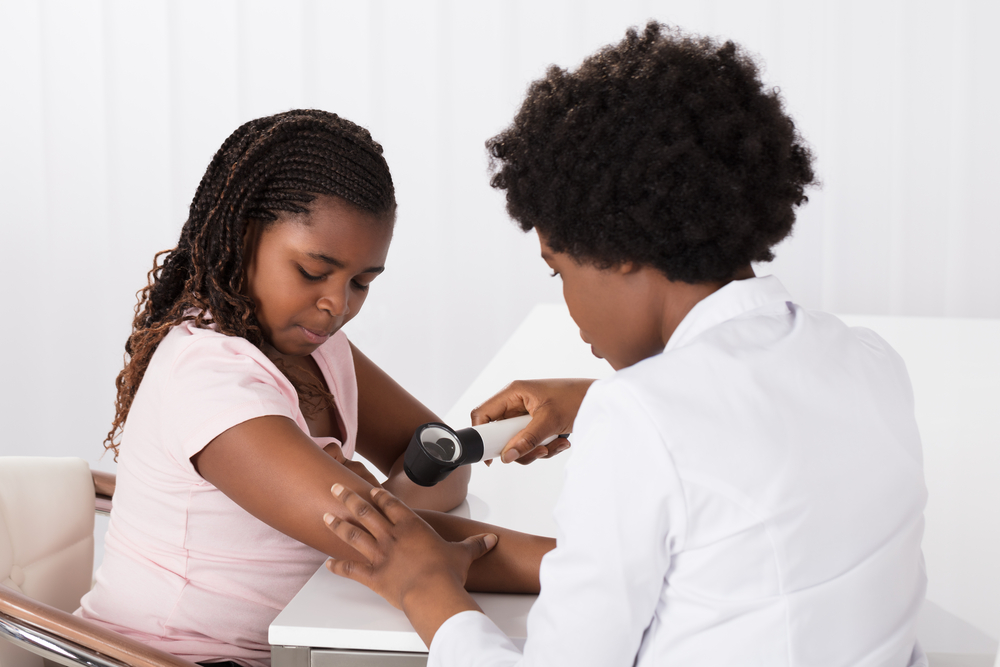Comprehensive Guide to Shingles: Symptoms, Causes, and Risks
This comprehensive guide explores shingles, detailing its symptoms, causes, and potential risks. Learn about who is most susceptible, long-term complications, and the importance of prompt treatment. With over a million cases annually, understanding shingles is crucial for prevention and management.

Comprehensive Guide to Shingles: Symptoms, Causes, and Risks
What is shingles and what triggers its occurrence?
Shingles, also known as herpes zoster, is a viral infection caused by the reactivation of the varicella-zoster virus. This same virus is responsible for chickenpox. After a person recovers from chickenpox, the virus doesn't get completely eliminated from the body. Instead, it settles in nerve tissues near the spinal cord and brain as a dormant virus. Years or even decades later, the virus can reactivate, leading to shingles. This reactivation often occurs when the immune system weakens due to age, illness, or stress. Individuals who have had chickenpox are at risk of developing shingles later in life.
Understanding the prevalence and key statistics of shingles
An estimated one in three individuals will experience shingles at some point during their lifetime, making it a relatively common condition.
Each year, approximately 1 million new cases are reported in the United States alone, highlighting its widespread nature.
Shingles causes severe nerve pain and skin rashes, which can significantly impact a person’s quality of life.
What causes shingles and its common symptoms
The reactivation of the dormant virus results in a burning, tingling sensation, often accompanied by numbness and itching localized to specific skin areas, usually on one side of the body.
The characteristic rash typically appears within 1 to 5 days after the onset of pain.
This rash manifests as a band-like pattern, resembling chickenpox, but confined to the dermatome supplied by the affected nerve.
Shingles can occur on various parts of the body, including the face, eyes, ears, and mouth.
The rash frequently starts as red patches, which then develop into blisters that may merge, creating a raw and burning appearance.
When shingles affects the eye, it leads to ocular herpes, causing significant pain, inflammation, and potential vision problems.
The dermatologic manifestations can last from 2 to 4 weeks; during this period, new blisters may continue to form while older ones crust over and heal.
Swelling around the affected area may occur, and blisters eventually scab over as part of the healing process.
Common symptoms associated with shingles and nerve pain
Shingles is often accompanied by a variety of systemic symptoms, including:
Fever and chills
Persistent headaches
Nausea and stomach upset
Muscle aches and weakness, sometimes leading to impaired mobility
Fatigue and malaise
Localized joint discomfort or inflammation
Eye pain, redness, sensitivity to light, and tearing if the eye is affected
Long-term complications and health risks of shingles
Potential for long-lasting nerve pain known as postherpetic neuralgia, which can persist for months or years even after the rash heals.
Involvement of the eyes can lead to sight-threatening conditions such as ocular herpes and keratitis.
Some individuals may experience Ramsay Hunt syndrome, involving facial paralysis and hearing issues.
Skin infections, scarring, or pigmentation changes might occur in the affected areas.
Rarely, shingles can cause inflammation of the brain (encephalitis), leading to severe neurological symptoms.
Spinal cord inflammation (transverse myelitis) is another serious complication.
Potential dangers of untreated shingles
Severe eye damage or blindness if shingles affects the ophthalmic nerve.
Hearing loss, ear pain, dizziness, and taste disturbances due to nerve involvement.
Secondary bacterial infections arising from open blisters and skin breakdown.
Facial paralysis, ear damage, or hearing deficits if nerves in the face are involved.
Severe complications like pneumonia, especially in immunocompromised individuals.
Infections such as encephalitis or meningitis can develop, affecting the brain and spinal cord.
Persistent nerve pain, known as postherpetic neuralgia, may lead to chronic discomfort.
Risks during pregnancy include birth defects or neonatal shingles, which require prompt medical attention.
Potential neurological complications, including Guillain-Barré syndrome, Bell’s palsy, and stroke.
Who is most susceptible to developing shingles?
Individuals with a history of chickenpox infection are at risk due to the dormant virus in their body.
People over the age of 50 are at increased risk, as immune function declines with age.
Those with weakened immune systems from conditions like HIV/AIDS, cancer, or autoimmune disorders.
People experiencing high stress levels or with recent traumatic injuries.
Individuals undergoing treatments such as chemotherapy or immunosuppressive therapy.
Patients with chronic illnesses like diabetes or chronic kidney disease.
Individuals on immunosuppressive medications, including steroids or biologic agents.
People recovering from other illnesses, such as cold or flu, which temporarily impair immunity.
Those with poor nutrition, irregular sleep patterns, or high stress levels are also more vulnerable.
Drug abuse can further compromise immune defenses, increasing the risk of shingles reactivation.





